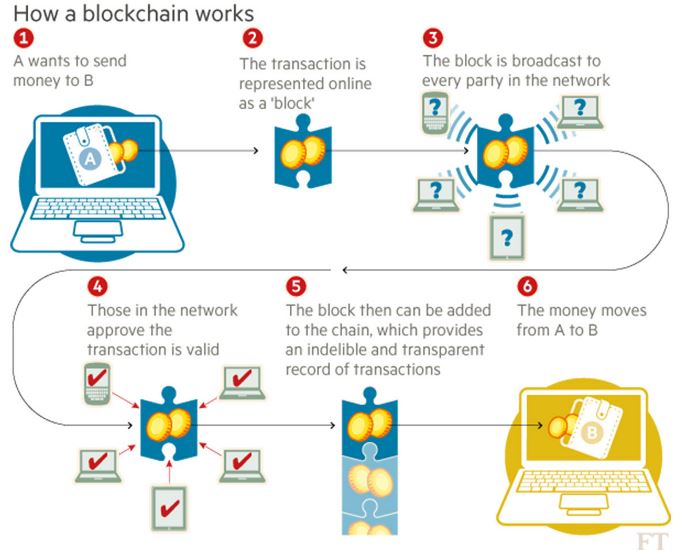Trendspots in Healthcare: Mobile Apps & The Patient Experience
Jan 10, 2023


December 2017 may have marked the moment of peak hype for blockchain technology. The Long Island Iced Tea Corporation changed its name to Long Blockchain Corporation and the world watched in confusion. Except the move paid dividends initially, boosting shares of the company by over 289%.
The short-term value of adding blockchain to the company name disappeared alongside the Bitcoin crash. But still, business leaders in just about every industry were ready to buy into the blockchain hype.
In 2019, business leaders can’t just buy into the high-level promises of blockchain systems. Especially in the healthcare industry, it’s important to look beyond the hype and find practical use cases that benefit both patients and providers.
“The blockchain is an incorruptible digital ledger of economic transactions that can be programmed to record not just financial transactions but virtually everything of value [without an intermediary].”—Don & Alex Tapscott, authors of Blockchain Revolution
Part of the problem with understanding practical use cases of blockchain is its definition. Whether you see the quote above or another definition that calls blockchain a “distributed, decentralized, public ledger,” it can be difficult to zero in on the real-world applications.
There are plenty of articles that dive deep into the technical ins and outs of blockchain systems. But those often contribute to the widespread confusion regarding practical use cases. To get a better understanding of how a blockchain transaction works, take a look at this image from the Financial Times:

While many people equate blockchain with cryptocurrency and financial transactions (as shown above), the use cases are far broader. In fact, many blockchain leaders have gone as far as to call this technology the new internet.
At its core, blockchain is a new type of database that decentralizes information and improves security. That means:
This reshaping of shared ledger control where the intermediary is removed from the “transaction” (whether that is a financial transaction or a prescription from the doctor), is certainly the most complex to understand, and the most disruptive. It’s a paradigm shift in the truest sense of the word.
If implemented properly, these characteristics of blockchain systems can transform healthcare experiences and operations.
According to one Gartner report, blockchain will add $176 billion to businesses by 2025—and $3.1 trillion by 2030. These predictions may seem outrageous at such an early stage of blockchain, but it’s clear that analysts see this as a transformative technology.
If you want to reap the benefits of blockchain systems in the healthcare sector, you need to change the way you store and exchange data. As you start to build out a blockchain strategy in 2019, here are the most practical use cases for the technology for healthcare organizations:
These are just a few ways that blockchain can transform the healthcare sector. But the use cases extend beyond these examples. Any standard database could eventually be augmented by a blockchain system that decentralizes information to streamline access and maximize security. The key is to look at your own operations and pinpoint unique ways to leverage blockchain—both as it exists today and as it evolves over the coming years.
Your success will come down to strategy. If you want to get out ahead of blockchain and other emerging technologies, get in touch to get started.
